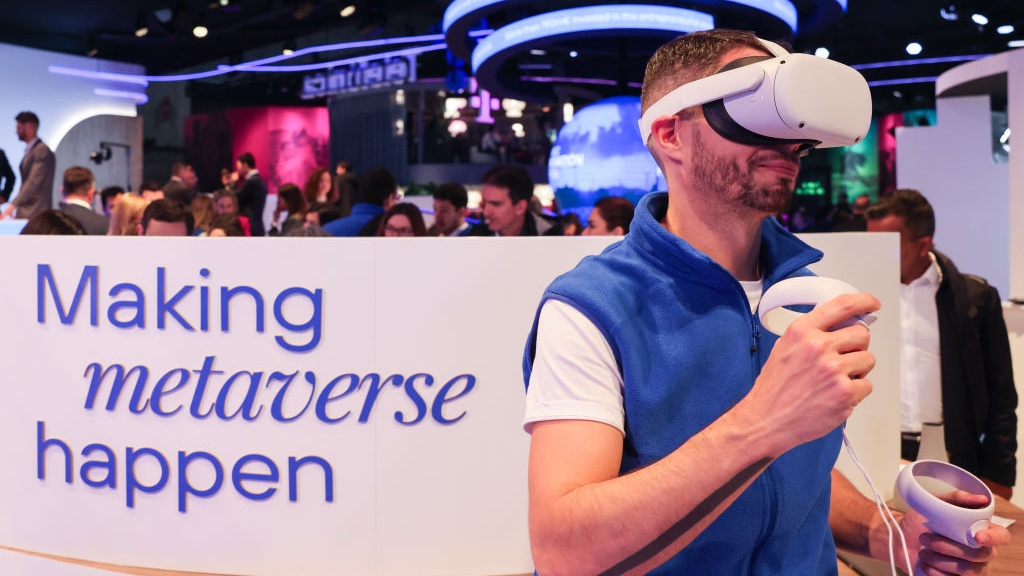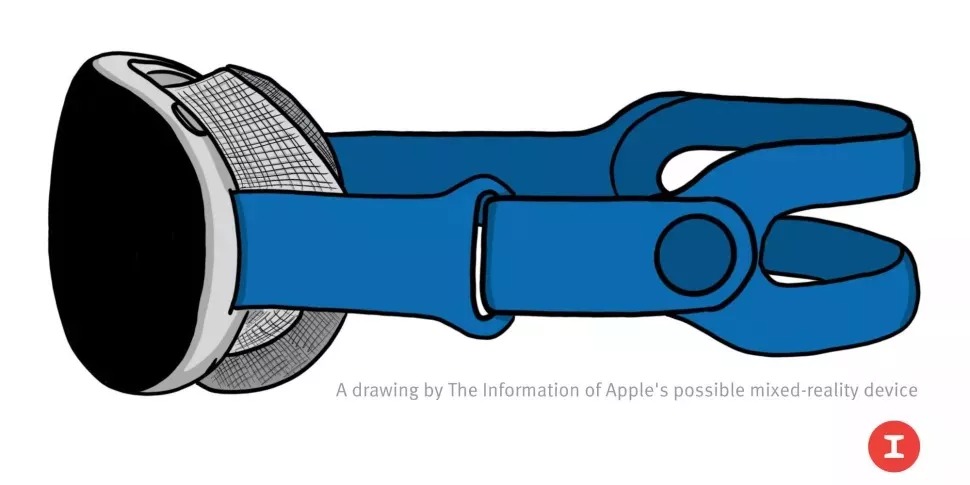
Meta's a top market leader in the VR space, but Apple's poised to knock it off its throne. After working on a VR headset for nearly eight years, the Cupertino-based tech giant is finally reportedly ready to debut the long-rumored head-mounted display at WWDC 2023.
Bloomberg journalist and Apple insider Mark Gurman has been a key figure behind the juicy leaks that have flooded in about the Apple mixed-reality headset, and now, the same person is giving us the scoop on the upcoming Quest 3.
In a recent report, Gurman boasted about getting some hands-on experience with Meta's Quest 2 successor, and surprisingly, the popular tipster labeled the Quest 3 as the Apple VR headset's "biggest challenger." Here are three reasons why Gurman believes this is the case.
1. AR may be the highlight of the Quest 3, too
The current-gen Meta Quest 2 isn't considered an augmented reality (AR) device because it doesn't allow users to blend both worlds — virtual reality and the real-world environment — into one. For example, an AR-capable headset lets you interact with virtual artifacts superimposed onto your real-world surroundings.

Meta Quest 2 has limitations with AR capabilities because its passthrough mode — the feature that lets you see the world around you while you have your headset strapped on — delivers a hazy, grayscale appearance.
However, according to Gurman, the Quest 3 will allow users to enjoy color passthrough mode, thanks to two cameras that support it. "I was even able to use my phone while wearing the headset, something that often feels impossible on a Quest 2," he said.
This tells me that the Quest 3 will support AR capabilities that its predecessor can't. It's also worth noting that the Apple VR headset reportedly sports a "reality" dial that lets wearers "fade out" their virtual world to expose their real-world environment. In other words, users can slip in and out of AR (mixed reality) and VR (total immersion) as they see fit.
Apple's AR capabilities will surely have more bells and whistles (at least I hope so since it's rumored to cost $3,000), but many consumers are willing to sacrifice luxurious extras for a basic experience that won't break the bank.
2. The Quest 3 is reportedly sleeker and lighter
As a Quest 2 owner, I can admit that this headset isn't the most comfortable, particularly while playing high-energy, sweat-inducing games. However, according to Gurman, the Quest 3 feels "far lighter and thinner" than its predecessor.

It's impossible to tell whether the Quest 3 has a slimmer and lighter profile than the Apple VR headset, but the fact that the Quest 2's successor is trimming off a large chunk of its bulk is another threat to Apple's upcoming head-mounted display. The Apple mixed-reality headset is expected to be sleek, too, with a ski goggles-esque design, but it must be attached to a battery pack, which the average consumer may find to be irksome. The Quest 3 seems to continue the tradition of being a standalone device that you can charge for an hour or two before squeezing out three hours of gameplay.
3. The Quest 3 will likely offer a better catalog of games
Meta Quest's gaming catalog is severely underrated (and overshadowed by mid games such as Beat Saber and Pistol Whip). Award-winning games such as the action-packed I Expect You to Die series and the brain-stimulating Moss 2 landed on our best Quest 2 games page for a reason.

Apple, on the other hand, appears to put gaming on the backburner, and that shows in its lackadaisical attitude behind MacBooks' inability to double as serious gaming laptops like Windows devices. While the Apple VR headset is poised to deliver thousands of iPadOS apps to the AR/VR world, we're not expecting the device to offer top-of-the-line, noteworthy games that will be the talk of the town.
On that note, Meta is hosting a Quest Gaming Showcase on Thursday to announce the newest games coming to the Quest platform. Don't miss it! And check out our oft-updated Meta Quest 3 and Apple VR headset rumor hubs to keep abreast on all the latest news.







